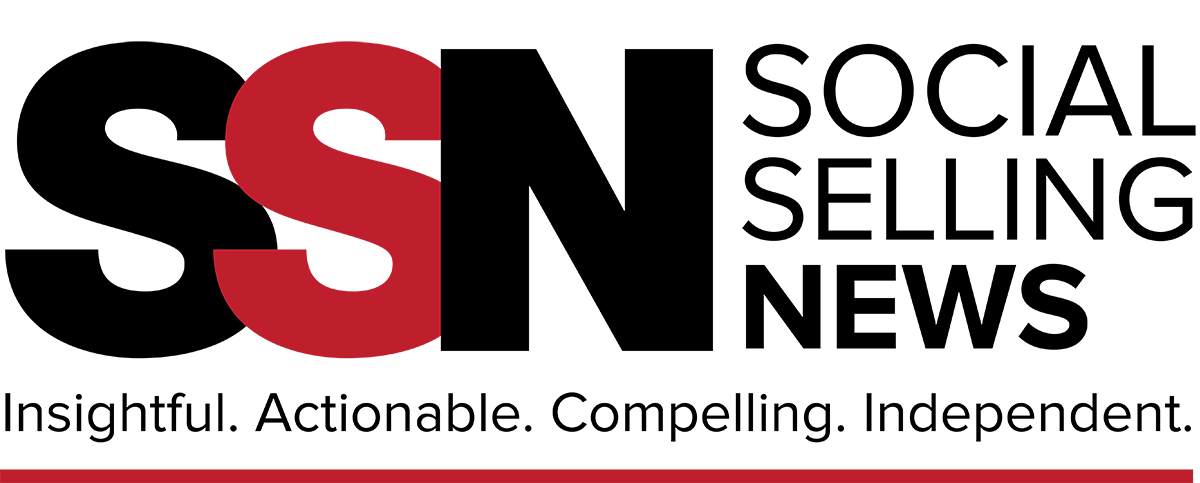Business dynamics shift in response to regulatory requirements and fields in flux
By: Jenna Lang Warford
“Go to your field and ask several leaders what your culture is. And if you get five different answers, then you probably don’t have a defined culture.”
— Darrel Starkweather, Vice President of Field Development and Support, Ambit Energy
“Starting with the employees is the fastest way to make a big impact.”
— Melissa Gurney, Regional Sales Manager, Norwex USA
“We’ve all been forced to raise the bar of scrutinizing everything, and it’s healthy for the industry. But we have to be mindful about how we go about it. I’m seeing cultures being destroyed by a really heavy hand on compliance.”
— Melissa Soete, President, Sales from Within
Regulatory scrutiny, an influx of distributors, supply chain issues, and the Great Resignation coming closely on the heels of the growing gig economy may have had an unforeseen impact on direct selling companies: subtle, unintentional shifts that are now being felt in company cultures.
“Regardless of what you may think the culture is, the collective response from your stakeholders is the true measure of what your culture is,” says Kristi Hubbard, recently named CEO of Norwex North America and former CEO of Younique. “I have found the best way is to just ask… For current employees, surveys are a great way to do this. You can get a good read on previous employees from exit interviews if you have done those. For the Field, interviews, surveys, and focus groups all work well. For customers, surveys or focus groups are good tools. And vendors are usually more responsive to interviews with those whom they already have relationships with.”
This content is restricted to site members. If you are an existing user, please log in. New users may register below.


